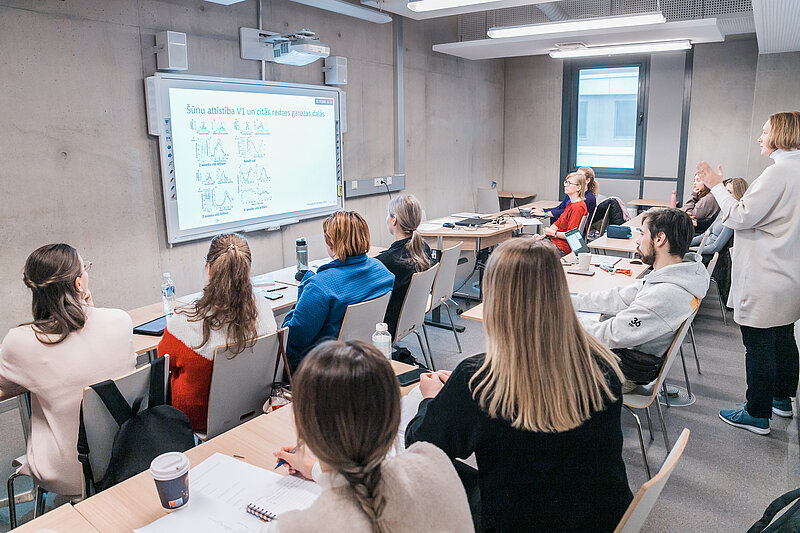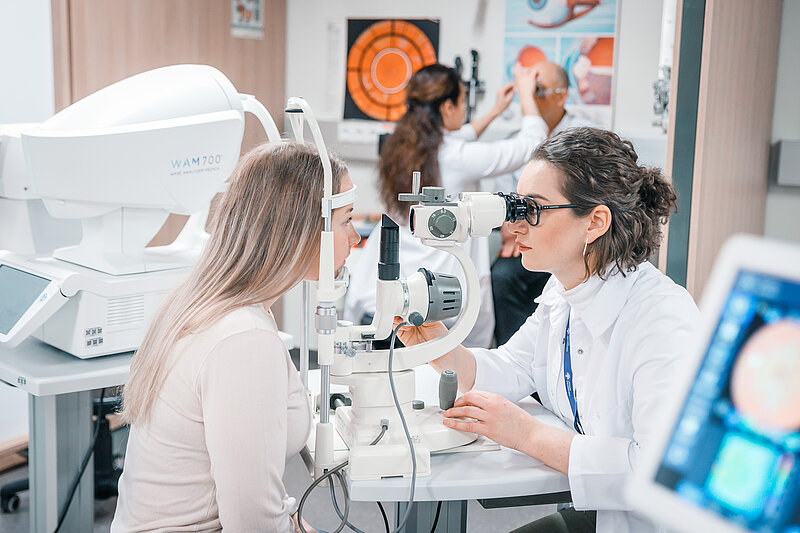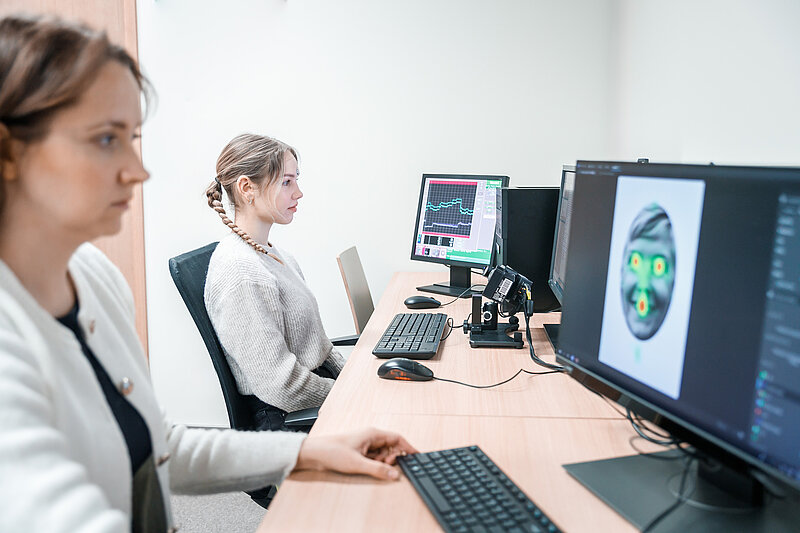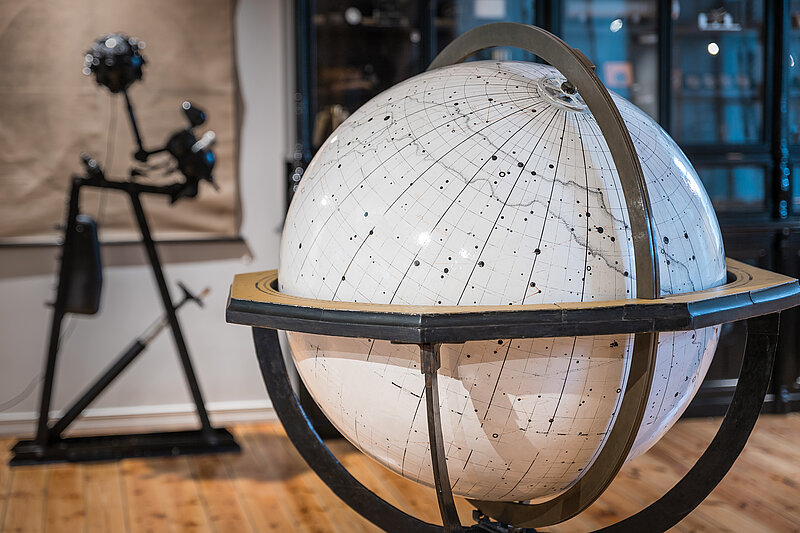Studies
The Department of Optometry and Vision Science at the Faculty of Science and Technology, University of Latvia is the leading provider of optometry education in the Baltic region. It offers study programs in both Latvian and English, delivering high-quality education aligned with the professional standards for optometrists defined across Europe.
The department provides academic and professional degree programs at the bachelor’s, master’s, and doctoral levels.
Optometry

Bachelor's study programme
Clinical Optometry (2 years)

Professional master's study programme
Clinical Optometry (3 years)

Professional master's study programme
Research
The department is equipped with state-of-the-art laboratory facilities, enabling research that is competitive on a global scale. The department’s researchers regularly publish in international journals and actively participate in leading conferences, enhancing Latvia’s visibility in the global optometry and vision science community. Research findings, conclusions, and professional recommendations are also integrated into continuing education courses for practicing optometrists.
Key research areas of the Department of Optometry and Vision Science include:
Clinical Optometry: Advanced research is conducted on how various optical corrections, visual stimuli parameters, lighting conditions, and other factors affect the visual system. Studies also explore visual fatigue and discomfort, aiming to identify factors that impact quality of life.
Augmented Reality: In collaboration with technology companies, the department studies how the visual system functions in augmented reality environments. Insights into visual processes contribute to the development of vision-friendly and scientifically grounded augmented reality technologies.
Visual Ergonomics: Innovative diagnostic methods are being developed to address vision disturbances and discomfort caused by prolonged use of screens and digital devices.
Color Vision: Combining expertise in colorimetry, psychophysics, and visual perception, the department conducts foundational research and develops color vision tests to better understand and assess the mechanisms of color perception.
Eye Movement Studies: Research is conducted on visual information processing, reading-related eye movement patterns, vergence eye movements, sports vision, and other dynamic aspects of visual function.
Head of the Department


 CONFERENCE
CONFERENCE